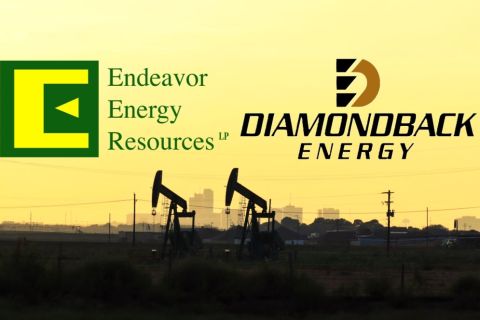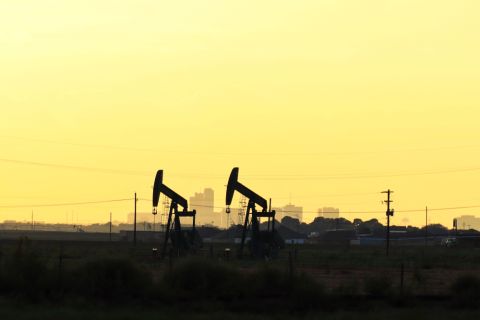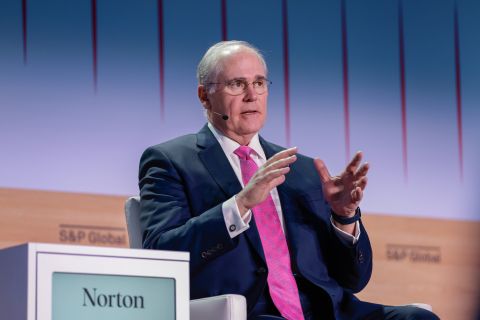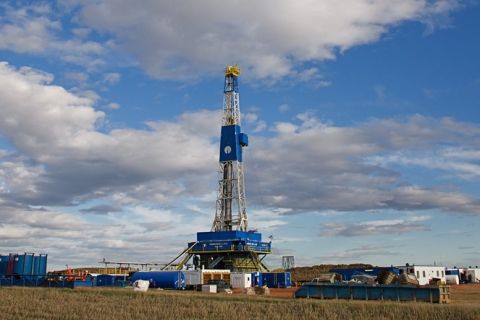
(Source: Shutterstock.com)
This is an excerpt from the Ralph E. Davis Associates (RED) Weekly E&P Update Newsletter.
It seems that the last few weeks have brought some encouraging pieces of news to the upstream oil and gas business. Here’s a brief list of some of those bright spots.
Rapid Deployment of COVID Vaccines—From the beginning of the pandemic, I’ve felt that the path to restoring economic activity, increasing demand for oil and gas, stabilizing prices and returning the health of the industry was through vanquishing the virus. With vaccinations being deployed at over 3 million Americans daily, the goal of reaching herd immunity in the next few months is truly in sight. Risk remains, however, that early discontinuance of effective public health measures and reluctance/refusal to receive a vaccine, combined with new variants of the virus will extend the time it takes to return to normal.
GDP Growth Projections—U.S. GDP growth in 2021 is expected to be robust, with estimates over 6%; Goldman Sachs revised their estimate in March to 8%.
Solidifying Oil Prices—Although crude prices aren’t quite as high as they were a couple of weeks ago (averaging over $60/bbl in March), the WTI five-year strip remains above $50/bbl. Meanwhile, Henry Hub gas prices are still stuck in the sub-$3/MMBtu range, unfortunately, but the strip stays above the $2.50/MMBtu. Although better than where we’ve been recently, this combination of prices will still create tough drilling economics for some of the gassier, tier 2 plays.
Rising Rig Counts—Responding to higher recent prices and an improved price outlook, oil rig counts increased last week by 13 to 337, which was the largest increase in over a year.
Increased Production Outlook—According to the Energy Information Administration (EIA), U.S. production has stopped declining and currently averages 11 million bbl/d. They expect full-year 2021 to average slightly over 11 million bbl/d but have revised their 2022 forecast up by 500,000 bbl/d to 12 million bbl/d. The EIA also expects OPEC+ to increase production from 25.3 million bbl/d in April to an average of 27.9 million bbl/d in the second half of 2021 to meet increased demand.
Increased Deal Activity—This is an anecdotal observation, but I’ve noticed an increase in the number of small to midsized deals on the market. Many of these are what I would call “asset rationalizations” where companies are disposing of noncore assets in a more favorable commodity price market. I expect these to continue as companies consolidate and/or focus on free cash flow generation.
About the Author:
Steve Hendrickson is the president of Ralph E. Davis Associates, an Opportune LLP company. Hendrickson has over 30 years of professional leadership experience in the energy industry with a proven track record of adding value through acquisitions, development and operations. In addition, he possesses extensive knowledge of petroleum economics, energy finance, reserves reporting and data management, and has deep expertise in reservoir engineering, production engineering and technical evaluations. Hendrickson is a licensed professional engineer in the state of Texas and holds an M.S. in Finance from the University of Houston and a B.S. in Chemical Engineering from The University of Texas at Austin. He currently serves as a board member of the Society of Petroleum Evaluation Engineers and is a registered FINRA representative.
Recommended Reading
Analysts: Diamondback-Endeavor Deal Creates New Permian Super Independent
2024-02-12 - The tie-up between Diamondback Energy and Endeavor Energy—two of the Permian’s top oil producers—is expected to create a new “super-independent” E&P with a market value north of $50 billion.
Dallas Fed Energy Survey: Permian Basin Breakeven Costs Moving Up
2024-03-28 - Breakeven costs in America’s hottest oil play continue to rise, but crude producers are still making money, according to the first-quarter Dallas Fed Energy Survey. The situation is more dire for natural gas producers.
Civitas, Prioritizing Permian, Jettisons Non-core Colorado Assets
2024-02-27 - After plowing nearly $7 billion into Permian Basin M&A last year, Civitas Resources is selling off non-core acreage from its legacy position in Colorado as part of a $300 million divestiture goal.
ONEOK CEO: ‘Huge Competitive Advantage’ to Upping Permian NGL Capacity
2024-03-27 - ONEOK is getting deeper into refined products and adding new crude pipelines through an $18.8 billion acquisition of Magellan Midstream. But the Tulsa company aims to capitalize on NGL output growth with expansion projects in the Permian and Rockies.
Williston Warriors: Enerplus’ Long Bakken Run Ends in $4B Chord Deal
2024-02-22 - Chord Energy and Enerplus are combining to create an $11 billion Williston Basin operator. The deal ends a long run in the Bakken for Enerplus, which bet on the emerging horizontal shale play in Montana nearly two decades ago.





